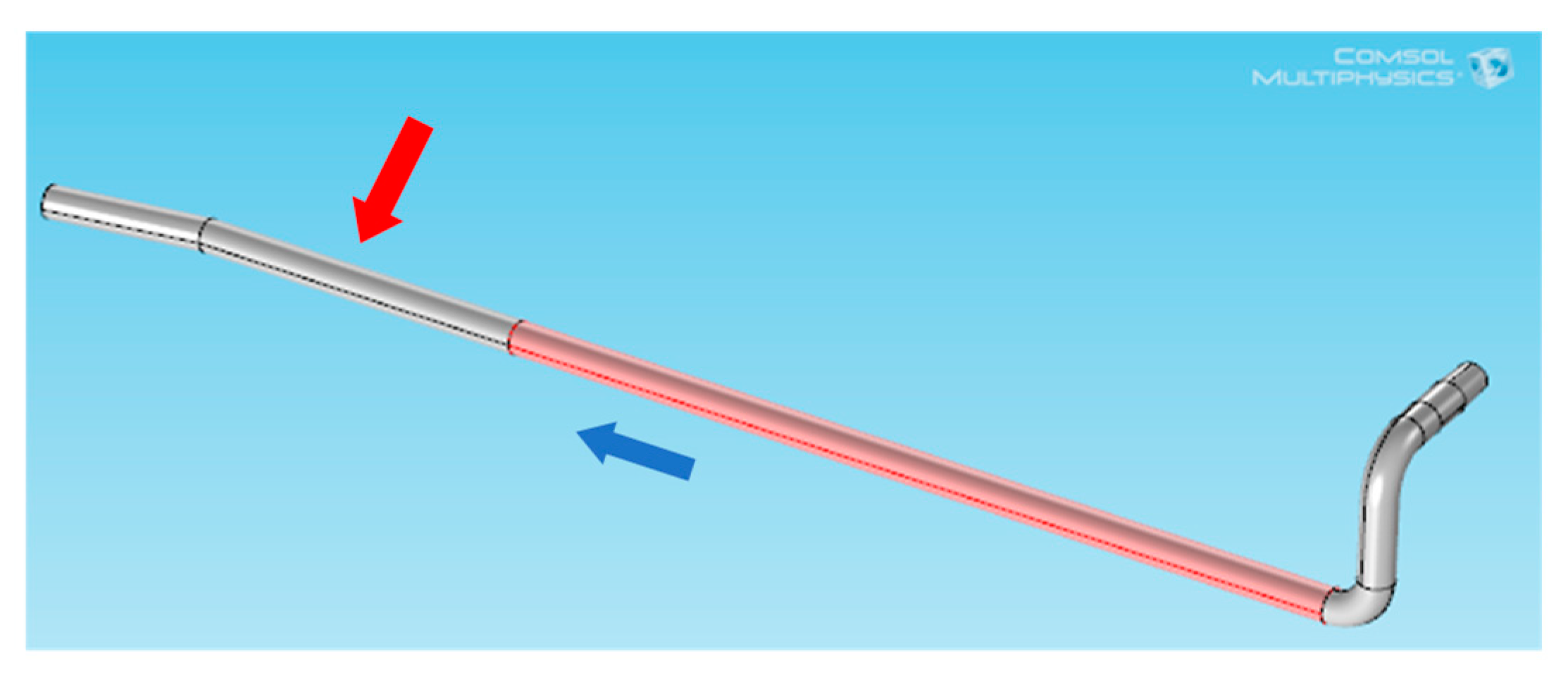

- INTRODUCTION TO COMSOL MULTIPHYSICS 4.3B HOW TO
- INTRODUCTION TO COMSOL MULTIPHYSICS 4.3B MANUAL
- INTRODUCTION TO COMSOL MULTIPHYSICS 4.3B SOFTWARE
This easy-to-use feature allows engineers to simplify the model, gain understanding of and fine-tune parameters, and dramatically reduce simulation time. One addition to the COMSOL Multiphysics base package we don’t want you to miss is the ability to create 2D models from cross sections of 3D geometries. Upon completion of this course, you will be knowledgeable in the different ways that you can define the multiphysics couplings for a model, understand the logic behind each approach and the factors that determine the use of one approach over another, more confidently address multiphysics modeling cases wherein your own custom couplings are required, and have gained valuable experience implementing each approach on your own through finishing the modeling exercises.Our newest release, COMSOL Multiphysics version 4.3b, contains so many new modules and features, certain additions might get lost in the fray. Modeling exercises are included at the end of each part of the course, so you have opportunities to practice applying what you have learned within each part.

INTRODUCTION TO COMSOL MULTIPHYSICS 4.3B MANUAL
The model tree for the thermal microactuator tutorial model after implementing the automatic approach (left), manual approach with predefined couplings (center), and manual approach with user-defined couplings (right). Demonstrate creating a user-defined multiphysics couplingĪ screenshot of the model tree for a thermal microactuator model with an automatic approach (left), manual approach (center), and user-defined multiphysics approach (right).Discuss the advantages of using Equation View nodes and the Report node for accessing physics equations and variables.Show the multiple ways you can see the variables for a physics node and how they are defined.
INTRODUCTION TO COMSOL MULTIPHYSICS 4.3B SOFTWARE

INTRODUCTION TO COMSOL MULTIPHYSICS 4.3B HOW TO
Through detailed explanations and step-by-step demonstrations, you will learn how to define the physics in order to simulate multiphysics in a model and how to implement both automated and manual couplings between physics interfaces. These approaches range from employing a more automated implementation to a more manual implementation. For this course, we have broken down and categorized these numerous and various ways into three different approaches. In COMSOL Multiphysics ®, there are many possible ways physics interfaces can be coupled. This 4-part, self-paced course is an introduction to defining the physics for a multiphysics model. Introduction to Defining Multiphysics Models


 0 kommentar(er)
0 kommentar(er)
